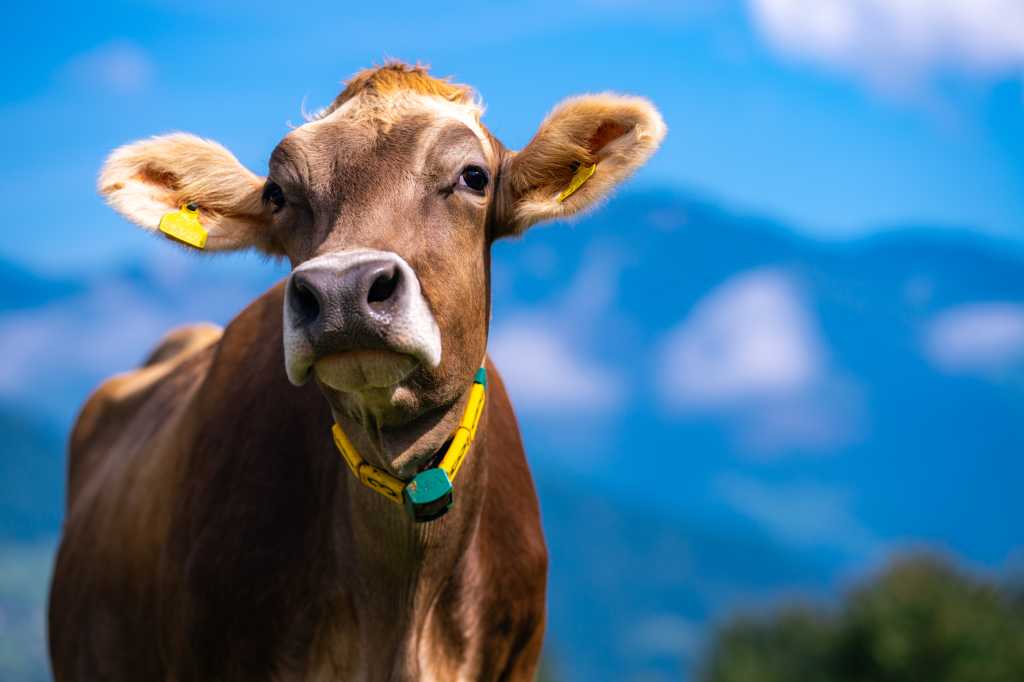On investment priorities: I’ve been at LIC for less than two years so I can only take credit for some things. There’s been a lot of amazing work done by lots of people before me. Everything we do is for genetic gain. And over the last couple of years, we’ve spent a lot of time and invested a lot into building new platforms to make sure that genetic gain can happen. We’re launching some new products now, which allows our farmers to look at the genetic evaluation. And that’s all on the back of the work we’ve done with some of our new tech, and we’re proud of where we’ve got with our new digital platforms. That’s been key. The other parts have been MINDA and our data interoperability. In the agri tech sector, there’s been a lot of noise about interoperability and we want to make sure we have it across agriculture. So our key product guys and engineers have made MINDA integrations a lead in regard to wearables, providers, farm automation — you name it, we make that happen now. So it’s been an amazing journey. One side is data science and making sure the platform is there and ready, and the other is around MINDA and data interoperability.
On the tech strategy: I’ve taken the same approach over the last 10 to 15 years, which is to park technology for a moment and get in front of customers. If you’ve got customer empathy and you know what their problems are, you know what has to be done. Then you look at the macro level, what New Zealand’s problems are as an agri sector or dairy industry, and then you can start working out where we fit. So we need that carried from a business perspective. Then we support that through technology. This stuff is so entwined now. When I first got to LIC, I spent a lot of time with the tech team, but probably more with shareholders, farmers, and directors in the senior leadership team. I then took that time with myself and my wider team to be with our staff up and down the company, just looking at our depots, operations and our sales team to see what they’re doing. Once you’ve done that, you can form a view of what’s important and what you need to focus on, and prioritize from there. I think of myself as someone who joins the dots. We’ve got lots of smart people across the executive table and in our board, but there needs to be someone to pull it together to say this is how we’re going to focus technology to deliver. At our heart, we’re a data science and genetics business, and that’s how technology should work.
On emerging technologies: Like everybody else, where we’ll spend a lot of time and probably a lot of investment is in AI. I think where we’ll most likely use it is with our scientists in terms of genomic evaluation, how it could help them, and the approach because it allows them to process much more data. Looking ahead, we’re building a strategy around our enterprise systems and our back office. And there are opportunities for tech to make some of the systems we run for our customers much smoother. We have trucks up and down the country that process milk and other samples, and running all that can be a bit clunky. Automation with the help of AI can improve that. So I spoke with the CEO about a farmer who used ChatGPT to look at breeding traits and genetic evaluation — and he found that on his own, and it worked. So it helped him make decisions on the farm. So the more you think about that kind of tech, the more it’ll be embedded in our software to better the lives of our farmers.

